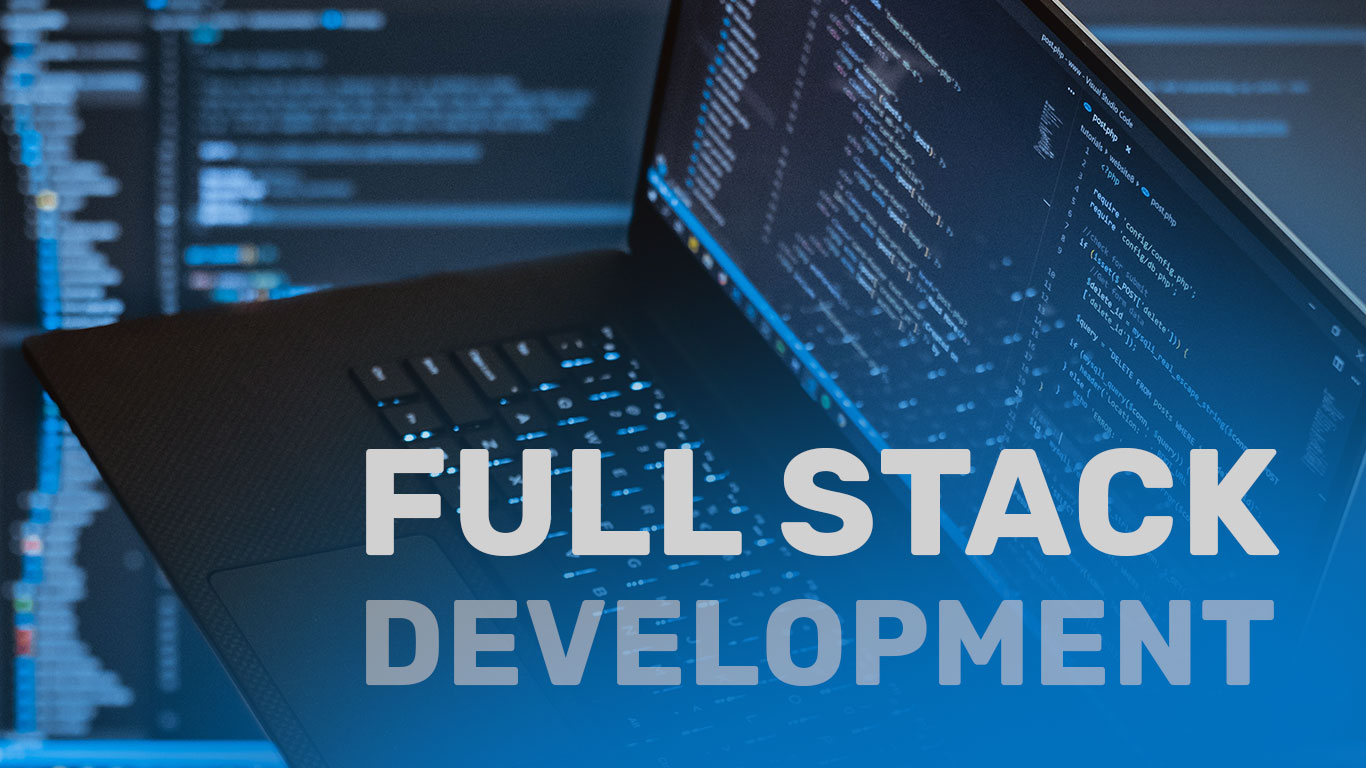In today’s digital landscape, building a full stack web application is an essential skill for any developer. Whether you’re just starting out or looking to enhance your expertise, understanding the fundamentals of both front-end and back-end development is crucial. In this blog post, we’ll walk you through the process of building and deploying a full stack web application, from setting up the development environment to deploying your app for the world to see.
Understanding Full Stack Development
Before diving into the specifics, it’s important to understand what full stack development entails. Full stack developers are proficient in both front-end and back-end technologies. They are skilled in working with databases, servers, and APIs, as well as designing intuitive user interfaces and interactive websites.
The Key Skills for Full Stack Developers
As you embark on building your own full stack application, there are a few core skills you’ll need to master. These include knowledge of front-end technologies like HTML, CSS, and JavaScript, as well as back-end technologies like Node.js, Python, or Ruby on Rails. It’s also crucial to understand how databases work, with options ranging from SQL to NoSQL databases like MongoDB.
To get started, it’s helpful to check out a comprehensive guide that outlines the key skills every full stack developer should have. This guide can help you build the foundation for success and give you a roadmap to follow. You can learn more about the key skills for full stack developers to deepen your knowledge of this expansive field.
Building the Front-End
The front-end of your application is what users will interact with. This is where HTML, CSS, and JavaScript come into play. You’ll need to design a responsive and visually appealing interface that’s easy to navigate.
Key Front-End Technologies
- React.js: A popular JavaScript library for building user interfaces.
- Vue.js: A progressive framework for building user interfaces, known for its flexibility.
- Angular: A platform for building mobile and desktop web applications.
To ensure your front-end is smooth and engaging, you’ll also need to implement state management tools. As noted in an article on state management in full stack development, handling the flow of data and the user’s state is a critical part of building scalable and maintainable applications.
“Mastering state management ensures your application runs efficiently and remains maintainable as it grows.”

The back-end of your application handles everything the user doesn’t see. It involves managing data storage, server-side logic, and application programming interfaces (APIs). A strong back-end is the backbone of your web application, ensuring data is properly stored and retrieved when necessary.
Key Back-End Technologies
- Node.js: A JavaScript runtime for building fast and scalable network applications.
- Express.js: A web application framework for Node.js, simplifying routing and middleware.
- MongoDB: A NoSQL database that stores data in a flexible, JSON-like format.
You’ll also need to implement authentication, authorization, and communication with external services and APIs.
Full stack development skills are essential for creating a robust back-end that handles user requests and integrates seamlessly with the front-end.
Deploying Your Full Stack Web Application
Once your application is built, the next step is deployment. Deployment involves taking your app from a development environment and making it accessible to users online.
Popular Deployment Platforms
- Heroku: A platform as a service (PaaS) that simplifies the deployment process for web applications.
- Netlify: A platform for front-end projects, perfect for serverless applications.
- AWS (Amazon Web Services): A cloud service provider with powerful infrastructure for deploying and scaling web applications.
Deploying your application involves setting up a server, configuring your environment variables, and ensuring your app is secure and scalable. Once deployed, it’s crucial to continuously monitor and improve your app based on user feedback and performance metrics.
Scaling Your Application
As your app grows in popularity, scaling becomes necessary. You’ll need to optimize your database, use caching techniques, and implement load balancing to handle increasing traffic. Efficient state management, as discussed earlier, plays a crucial role in ensuring the application’s performance remains smooth under heavy usage.

Conclusion
Building and deploying a full stack web application is a rewarding journey that involves mastering both front-end and back-end technologies. By understanding the key skills required for full stack development and utilizing the right tools, you can create scalable and user-friendly applications. Remember, continuous learning and staying updated on best practices, like efficient state management, will keep your development process smooth and your applications running efficiently.









